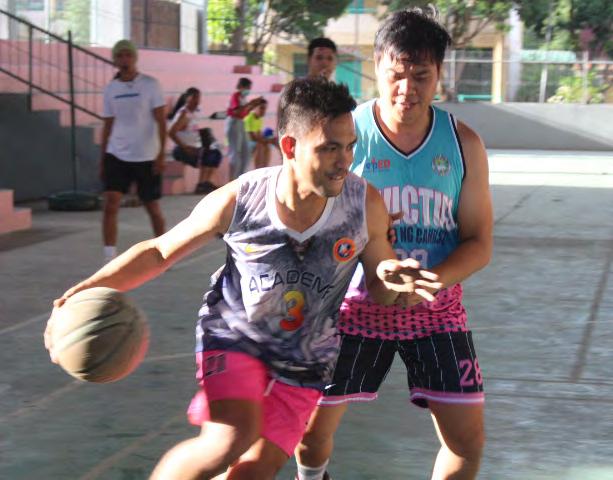
2 minute read
the golden woman’s journey to success
cate themselves on achieving a goal, making her journey being one for the books of all time.
While growing up, Diaz was doubted by many. The majority of these are gender-based stereotypes about women being weak, frail, and incapable of lifting heavy objects. Even her own mother opposes her participating in weightlifting since she feels that weightlifting is mostly a sport for males. Little did she know, though, that she would forever alter the weightlifting scene and the lives of young athletes, with her in the main picture.
Advertisement
ing for the Tokyo event that was postponed by the pandem ic, she ran out of government financing in the middle of her training. Diaz was aware that this was her final opportunity to win an Olympic medal. She improved her training methods, lowered a weight class to gain an advantage, and drew power from the muscle in her heart.
Her decision to ignore all those disapproving voices from before paid off, as she now had won the Olympic gold medal in the 55kg division in Tokyo, her second medal at the Olympics, and the first gold for her nation despite being career hampered life to Olympics, her capaci ty and bravery to bear poverty, failure, and her own pain will demonstrate that she is not just a world-class athlete, but also a deserving gold medalist. Hidilyn Diaz joined multiple competitions, lost a couple of times and won a much better reward in her life. Now with the gold medal around her neck, the weight has been lifted off her shoulders and thrown at a toxic culture of machismo and discrimination among the gender-based stereotypes making her the woman icon of bravery and strength.
Athletes are considered as the pride of the nation, but in the Philippines, they are often neglected and unsupported. The lack of government support and funding has put a damper on the dreams of many young athletes, leading to a significant decline in the country’s sports sector. One such athlete who has fallen victim to this system is the country’s top pole vaulter, EJ Obiena.
EJ Obiena’s story is not a unique one in the Philippines. He started his career in pole vaulting at the age of nine, but his journey on becoming one of the world’s best pole vaulters has been a difficult one. Despite his talent, Obiena has struggled to secure the necessary funding and resources to compete at the highest level.
Obiena has resorted to crowdfunding to support his training and competition expenses. He also had to seek the help of private organizations to fund his travels to international competitions. It is a sad state of affairs when an athlete who has the potential to bring glory to the country has to rely on the generosity of strangers to make his dream a reality.
The lack of government support for athletes in the
DRAWN BY: LEANA VALDEZ SENIOR CARTOONIST









